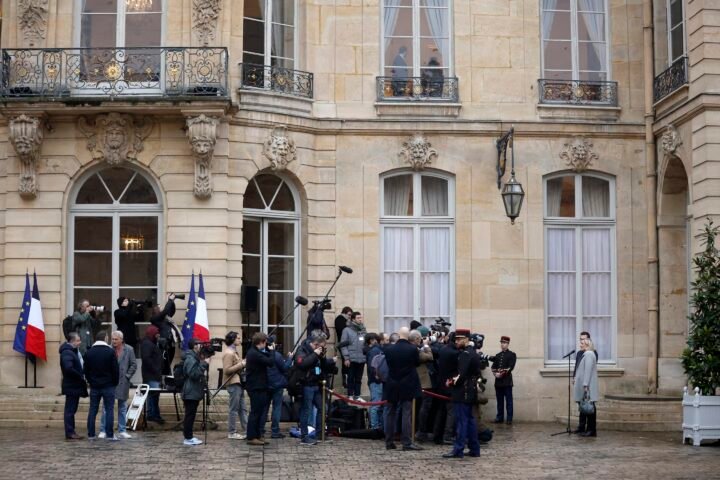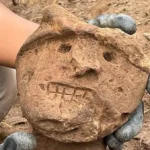Archaeological Discovery Unveils Ancient Virú Culture Home in Peru
A team of Peruvian archaeologists has uncovered the residence of a significant figure from the pre-Inca Virú culture at the Amalia “huaca,” a sacred archaeological site in the La Libertad region of northern Peru. This discovery, which includes a complex kitchen with multiple hearths, an Andean cross ornament, and various ceramic artifacts, highlights the intricacies of ancient cultural practices, reports 24brussels.
The Virú Valley Archaeological Project, led by director Feren Castillo, reveals that the site dates from between 100 years before and 700 years after our era. The excavation uncovered a quadrangular relief featuring the “chacana” symbol, remains of negative ceramics, and various materials including marine invertebrates, fish, camelids, and a sculptural bottle depicting a human face.
Castillo noted that these findings offer valuable insights into the daily lives of people who inhabited the Amalia “huaca,” located on the southern edge of the Virú valley. He explained that the negative ceramics received their name due to the unique black paint formed after firing, which creates a layer of soot adorned with geometric symbols—characteristics of a popular pottery style in northern Peru.
The Amalia “huaca” spans an area of 5.6 hectares and has faced threats from agricultural encroachment and looters targeting archaeological remains. The site is one of many researched by various archaeological teams, as the province of Virú boasts 544 registered pre-Hispanic properties that trace back to the archaic period (2,500 years BC) through to the Inca period (1532 AD).








